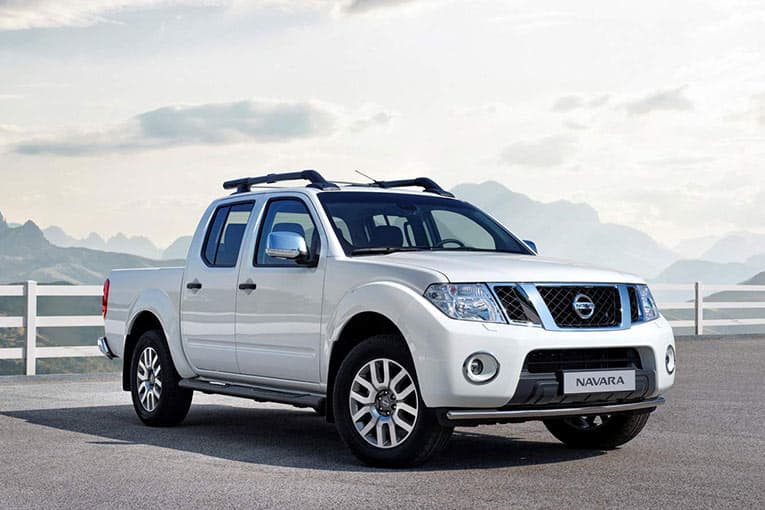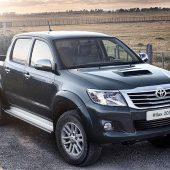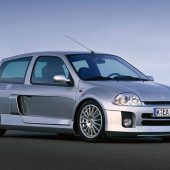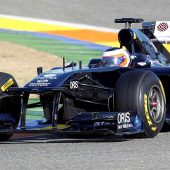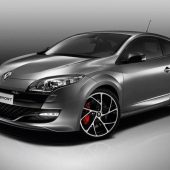One of our favorite pick-ups, Nissan Navara got a little update last year. The biggest news was the all new and technically advanced 3.0-litre V6 diesel engine. The new direct injection V6 turbodiesel has been developed by the Renault Nissan Alliance to deliver high levels of performance. The V6 diesel has the peak power output of 231 hp. The peak torque output is 550 Nm which it is available between 1700-2500rpm. The engine uses the latest generation of Bosch common-rail fuel injection with piezo injectors that operates at 1800 bar. To create all this power, there is also a comparatively large turbocharger and the intercooler. The turbocharger is mounted within the vee of the engine. With the new 3.0 V6 dCi engine, the navara can accelerate from zero to hundred km/h in 9.3 seconds and reach a top speed of 195 km/h. The new engine is coupled with a seven-speed automatic transmission.
A lot of effort has also been put on making the new engine economical and comfortable to drive. The idle speed is an exceptionally low 650rpm to reduce the vibrations and noise level of the diesel. The compression ratio has been lowered to 16:1 to benefit not just economy and emissions but also noise, vibration and harshness (NVH). The internal engine friction is reduced by the use of ultra smooth components such as the micro-finished forged steel used for the crankshaft. In addition the new engine also has a number of innovative features designed to improve emissions performance and reliability. One of these is the adoption of an overcooled Exhaust Gas Recirculation (EGR) system which reduces NOx emissions. The avarage fuel consumption is 9.5 l/100km and the co2 emissions 250 g/km. The new V6 diesel achieves Euro 5 compliance.
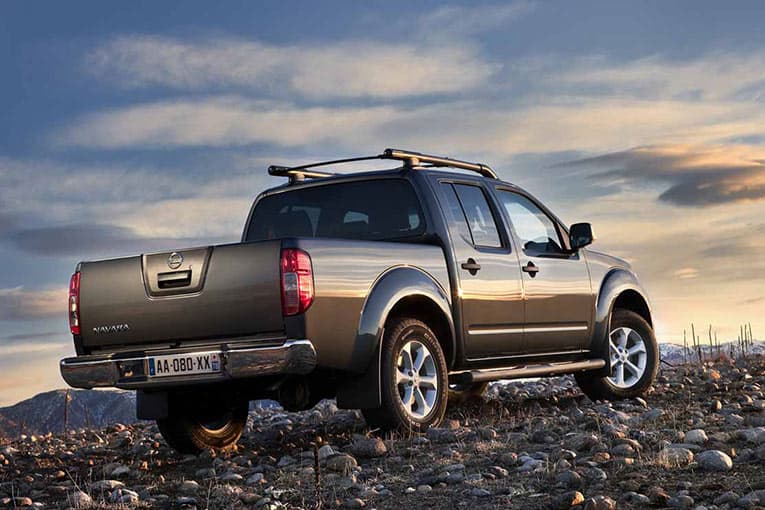
Navara uses Nissan’s part-time four-wheel drive system which provides a possibility to drive either with the rear wheels or with all four wheels. The driving mode can be chosen eletrically with the use rotary dial on the dashboard. In normal conditions, the 2WD drive mode delivers power only to the rear wheels which helps to reduce fuel consumption. When more traction is needed, the 4H four-wheel drive mode provides a 50/50 torque split between the front and rear axles. For even more extreme conditions, Navara features a low ratio transfer box with the crawl ratio of 2.625. The low speed four-wheel drive can be engaged by choosing the 4L mode.
Navara has a rugged ladder-frame chassis. At the front, Navara features an independent suspension with double wishbones and coil springs. At the rear there is a rigid axle and over slung leaf springs, which is not the most comfortable, but is designed to offer the best possible payload. Navara’s minimum ground clearance is 234mm and has the approach angle of 29 degrees and departure angle of 22 degrees. The maximum climbable gradient is 39 degrees and the water depth can be up to 450mm. ABS with EBD and Brake Assist is a standard feature and now the ESP is also standard on some models.
With the model update, Navara got new looks front and rear. At the front there is a new bonnet, a restyled grille and a new headlight design. The front and rear bumbers were also restyled. The new bumper is more rounded and adds 80mm to the car’s overall length. In the V6 models there is a discreet V6 badge at the leading edge of both front doors. In addition, the existing colour palette is increased by two new metallic shades – Electric Blue and Blue Grey.
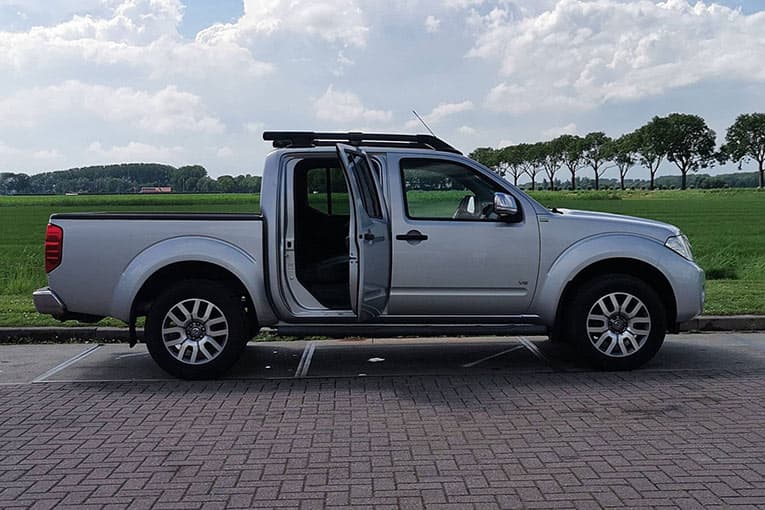
Navara is available in two body styles; King Cab or Double Cab. Both models have the same 3200 mm wheelbase and 5269 mm overall length. The King Cab model has smaller rear doors that hinge backwards, but has a bigger load bed. This Double Cab model comes with four conventional doors and provides more interior space. The Double Cab version provides room for five, with a three-seater rear bench. The rear seats can be flipped up on a 60/40 split, if more storage space is needed behind the front seats. With its larger passenger compartment, the Double Cab has a shorter bed. The Double Cab has an internal bed length of 1511mm compared to the King Cab’s 1861mm. The minimum width dimension between the wheel housings is 1130mm. Navara offers a payload capacity of 900kg and a towing capacity of 3000kg.
Specification
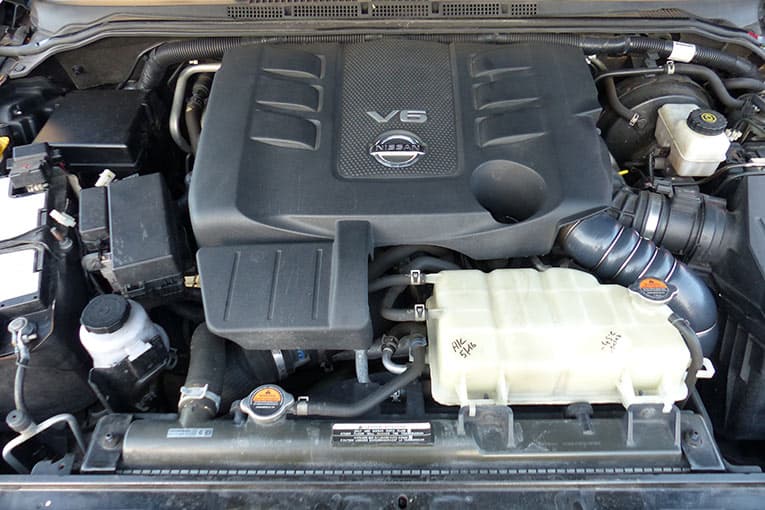
Engine
- Diesel
- 6-cylinder
- 2991cc
- Turbo
Power
- 170 kW (231 hp) / 3750rpm
Torque
- 550 Nm / 1750rpm

Transmission
- 7-speed automatic
- AWD
0-100km/h / 0-62mph
- 9.3 seconds
Top speed
- 195 km/h
